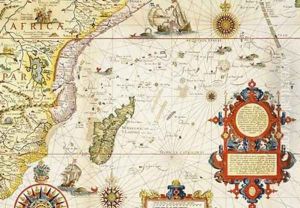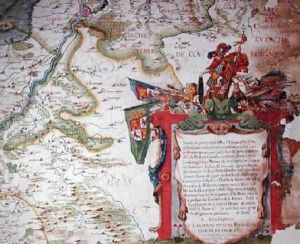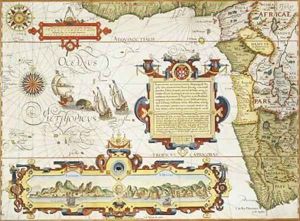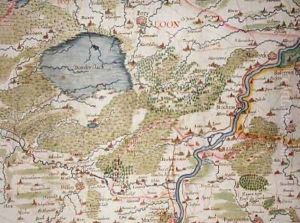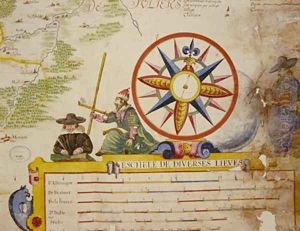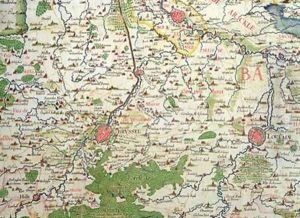Arnold Florent van Langren Paintings
Arnold Florent van Langren was a prominent figure in the world of cartography and engraving during the late 16th and early 17th centuries. Born in 1580 into the van Langren family, a distinguished lineage of mapmakers and engravers in the Spanish Netherlands, Arnold Florent carried forward the family's prestigious legacy in the arts and sciences of mapping and engraving. The van Langren family's contributions to cartography were notably significant during a period when the accuracy of maps was improving rapidly due to explorations and advancements in geographic knowledge.
Arnold Florent's works are characterized by their meticulous detail and artistic quality, reflecting the era's blend of scientific inquiry and artistic endeavor. He was particularly known for his lunar map, which was one of the earliest to name the moon's features. This work not only showcased his skills as an engraver and mapmaker but also his interest in celestial cartography, a field that was gaining prominence with the advancements in telescopic technology.
Throughout his career, van Langren worked under the patronage of the Spanish Habsburgs, who ruled over the Spanish Netherlands at the time. His position allowed him access to the latest geographic discoveries and the resources needed to produce his detailed maps and engravings. Arnold Florent van Langren's contributions to cartography and engraving extended beyond his own works; he was part of a broader movement that laid the foundations for modern cartography, significantly influencing how the world was visualized and understood in the centuries to follow.
Arnold Florent van Langren passed away in 1644, leaving behind a legacy that would be remembered for its significant contributions to the fields of cartography and engraving. His work remains a subject of study for historians and art historians alike, who recognize him as a key figure in the transition from medieval to modern mapmaking techniques.
